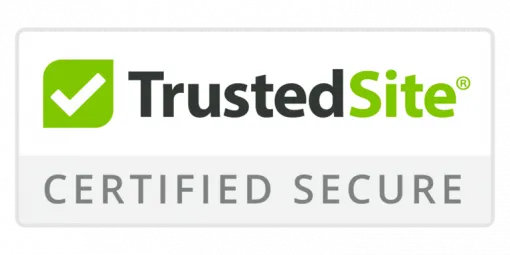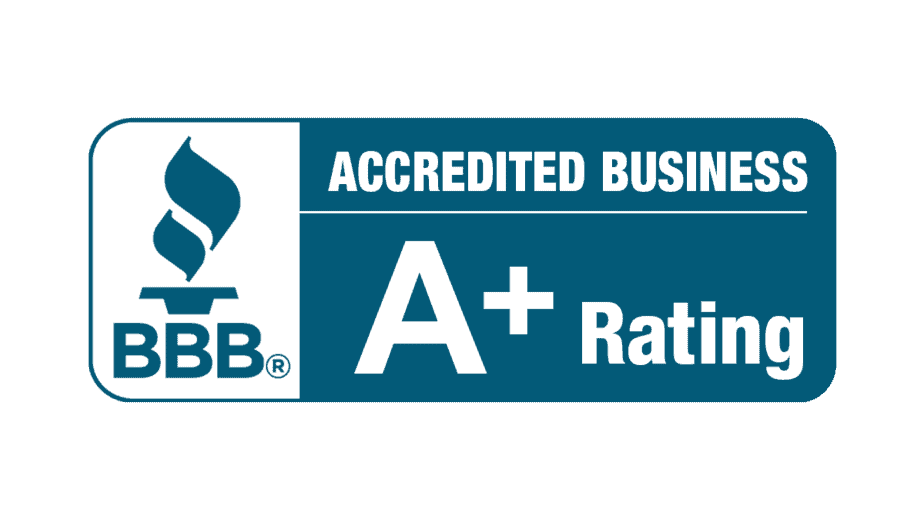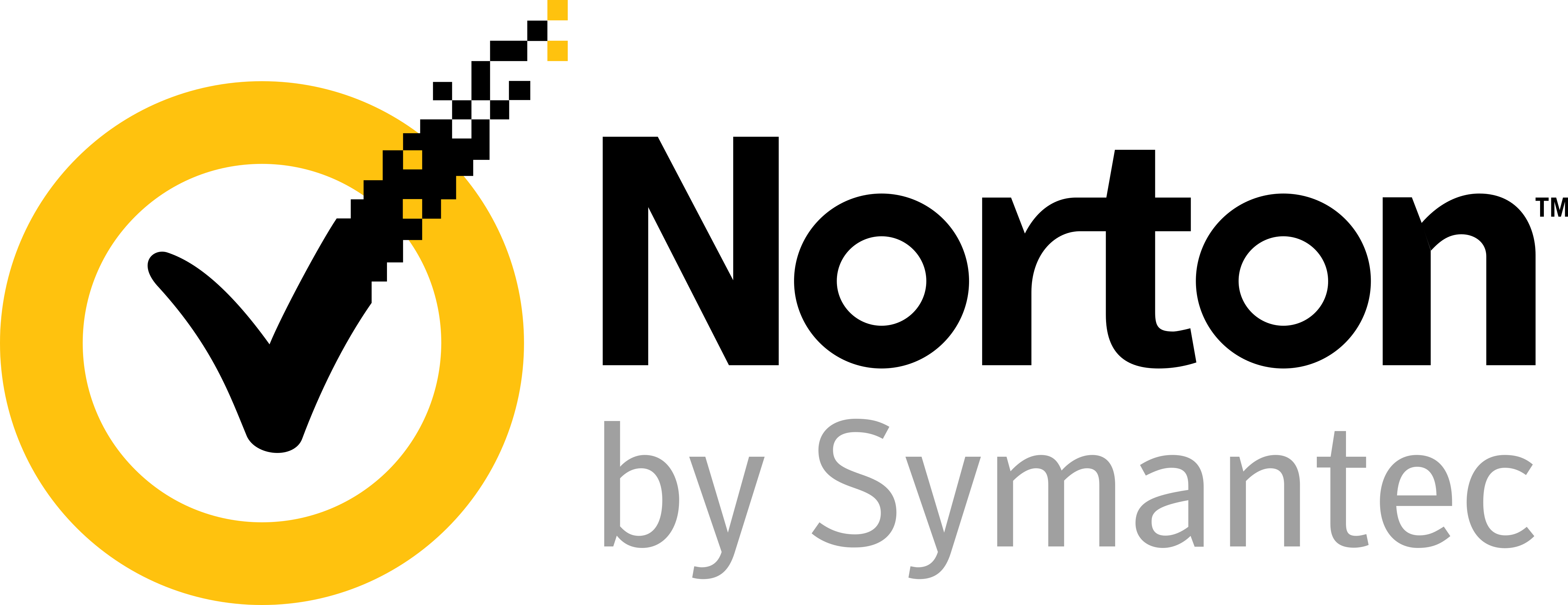How to Offer Financial Planning Services for Individuals
If you're considering offering financial planning services as a side hustle, you're tapping into a lucrative and impactful opportunity. With your financial expertise, you can generate additional income while making a meaningful difference in clients' lives. The demand for personalized financial guidance is high across various demographics, making this a promising venture. Here's a step-by-step guide on how to get started and what specific services to offer.
Step 1: Define Your Services
To build a sustainable side hustle, start by identifying the specific financial planning services you will offer. Common services include:
- Budgeting and Savings Plans: Help clients create and stick to a budget, and develop strategies for saving money.
- Debt Management: Provide advice on managing and reducing debt, including consolidating loans and improving credit scores.
- Investment Planning: Guide clients on where to invest their money based on their risk tolerance and financial goals.
- Retirement Planning: Assist clients in preparing for retirement by creating long-term savings plans and selecting appropriate retirement accounts.
- Tax Planning: Offer strategies to minimize tax liabilities and maximize returns.
- Insurance Planning: Advise on the best insurance policies to protect clients and their assets.
- Estate Planning: Help clients plan the distribution of their assets after their death, including wills and trusts.
Step 2: Obtain Necessary Certifications
While not always mandatory, certifications can add credibility and attract more clients. Consider obtaining certifications such as:
- Certified Financial Planner (CFP)
- Chartered Financial Consultant (ChFC)
Step 3: Set Up Your Business
- Register Your Business: Choose a business name and register it with the appropriate local authorities.
- Create a Business Plan: Outline your services, target market, pricing strategy, and marketing plan.
- Get Insurance: Consider professional liability insurance to protect yourself from potential legal issues.
- Set Up Accounting: Use accounting software to keep track of your income and expenses.
Step 4: Market Your Services
- Build a Website: Create a professional website that outlines your services, credentials, and contact information.
- Leverage Social Media: Use platforms like LinkedIn, Facebook, and Instagram to reach potential clients.
- Network: Attend local business events, join financial planning associations, and connect with other professionals in the field.
- Offer Free Workshops: Host free financial planning workshops or webinars to showcase your expertise and attract clients.
Step 5: Start Small and Scale
Begin by offering your services to friends, family, and acquaintances. Collect testimonials and referrals to build your reputation. As you gain experience and your client base grows, you can consider scaling your side hustle into a full-time business.
Conclusion
Offering financial planning services as a side hustle is a rewarding way to leverage your financial expertise. By defining your services, obtaining necessary certifications, setting up your business, and marketing your services effectively, you can build a sustainable and impactful side hustle. Start small, focus on providing value, and watch your side hustle grow into a thriving business.
Benefits of a Financial Planning Side Hustle
By offering financial planning services as a side hustle, you can leverage your expertise to generate additional income while helping others achieve financial stability and security. Not only will you be increasing your earnings, but you'll also be making a positive impact on people's lives.
One of the primary benefits of this side hustle is the opportunity to educate clients on healthy financial habits and strategies. Through client education, you'll empower individuals to take control of their financial lives, making informed decisions that will benefit their future.
Providing financial planning services as a side hustle also allows you to promote financial wellness, which is essential for reducing stress and improving overall well-being. By helping clients create a budget, pay off debt, and build savings, you'll be contributing to their long-term financial stability.
As a financial planning side hustler, you'll have the satisfaction of knowing you're making a real difference in people's lives while supplementing your income. With the demand for financial planning services on the rise, this side hustle has the potential to be both fulfilling and lucrative.
Identifying Your Target Market
Identifying Your Target Market for a Financial Planning Side Hustle
Your first step in building a successful financial planning side hustle is to clearly define your target market, identifying the specific demographic or niche you'll specialize in serving. Conducting a demographic analysis helps you understand the characteristics, needs, and goals of your ideal client. Niche specialization enables you to tailor your services, marketing, and messaging to resonate with this audience.
Consider the following demographics when defining your target market for your financial planning side hustle:
| Demographic | Description |
|---|---|
| Age | Specific age ranges, such as millennials, Gen X, or baby boomers |
| Occupation | Professionals, entrepreneurs, or retirees |
| Income | Middle class, high net worth individuals, or low-income households |
| Life Stage | Newlyweds, parents, or empty nesters |
| Goals | Retirement planning, wealth accumulation, or debt management |
Services to Offer as a Financial Planner
As you build your financial planning side hustle, it's essential to outline the services you'll provide to clients.
Start by focusing on three core areas:
- Assisting clients in managing their daily finances through budgeting and expense tracking.
- Helping them grow their wealth with investment portfolio management.
- Aiding them in securing their financial futures with retirement planning strategies.
Budgeting and Expense Tracking
Creating personalized budgets and implementing effective expense tracking systems are essential services you can offer as part of your side hustle in financial planning. By providing these services, you'll empower clients to make informed decisions about their money and achieve their financial goals. You'll work closely with clients to understand their income, expenses, debts, and financial objectives, and then create a tailored budget that suits their needs.
As part of your side hustle's budgeting and expense tracking services, you can offer personal finance tips and expense management strategies to help clients optimize their spending and savings habits. This may include identifying areas of unnecessary expenditure, creating a debt repayment plan, and setting up automatic savings transfers.
Investment Portfolio Management
Effectively managing a client's investment portfolio is a vital service you can offer as part of your financial planning side hustle. By helping individuals and families achieve their long-term financial objectives, you can provide significant value.
By assessing their risk tolerance, financial goals, and time horizon, you can create tailored investment strategies to maximize their returns. Your expertise will help clients navigate complex investment markets, avoid costly mistakes, and make informed decisions.
As an investment portfolio manager within your side hustle, you'll provide services such as:
- Risk evaluation: Assessing clients' risk tolerance and identifying potential investment risks.
- Asset allocation: Diversifying investments to balance risk and returns.
- Investment selection: Choosing the most suitable investment products to align with clients' goals.
- Portfolio monitoring: Continuously reviewing and adjusting investment portfolios to ensure they stay on track.
Retirement Planning Strategies
By helping clients create a sustainable income stream in retirement, you can expand your side hustle beyond investment portfolio management and offer comprehensive retirement planning strategies that address the long-term needs of individuals and families.
As a financial advisor working on the side, you'll collaborate closely with clients to understand their retirement goals, expenses, and income sources. This collaboration allows you to craft a personalized plan to support their desired retirement lifestyle while ensuring they don't outlive their assets.
Your side hustle in retirement planning can include strategies for maximizing retirement income, such as optimizing Social Security benefits and creating a tax-efficient withdrawal plan.
You'll also help clients develop a plan for managing healthcare expenses and long-term care costs. Additionally, you'll assist clients in implementing tax strategies that minimize their tax liability in retirement, ensuring they retain more of their savings.
Creating a Business Structure
As you set up your financial planning side hustle, you'll need to create a solid business structure to operate efficiently and effectively.
Start by choosing a business registration option tailored to your needs, such as a sole proprietorship or limited liability company (LLC).
Next, obtain the necessary licenses and certifications specific to financial planning, open a dedicated business bank account, and establish a financial foundation that will support your side hustle's growth and success.
Business Registration Options
When setting up your financial planning side hustle, it's essential to choose a business registration option that offers the right balance of liability protection, tax benefits, and operational flexibility. You'll have several options to consider, each with its unique advantages and drawbacks.
As you explore these options, consider the benefits of a sole proprietorship, such as its simplicity and minimal regulatory requirements. Conversely, think about the advantages of an LLC, which include personal liability protection and tax flexibility.
Here are four business registration options tailored for side hustles:
- Sole Proprietorship: Simple and easy to set up, but offers little liability protection.
- Limited Liability Company (LLC): Provides personal liability protection and tax flexibility, though it requires more paperwork and fees.
- Partnership: Suitable for side hustles with multiple owners, but can be complex to set up and manage.
- S Corporation: Offers tax benefits and liability protection, but has strict ownership and management requirements.
Ultimately, the best business registration option for your financial planning side hustle depends on your specific needs and goals. Take the time to research and consult with a professional if needed to ensure you make an informed decision.
Licenses and Certifications
To establish credibility and comply with industry regulations for your financial planning side hustle, you'll need to obtain the necessary licenses and certifications. Certification requirements typically involve passing an exam and having a certain amount of work experience. The most common certifications for financial planners include the Certified Financial Planner (CFP) or Personal Financial Specialist (PFS) designations. Be sure to research the certification requirements that apply to your specific situation and location.
As a certified financial planner running a side hustle, you'll be required to complete continuing education courses to stay up-to-date on industry developments and maintain your certification. This ongoing education won't only enhance your knowledge but also demonstrate your commitment to providing the best possible service to your clients.
Business Bank Accounts
Separating your personal and side hustle finances is critical, so you'll need to establish a dedicated business bank account to keep your financial planning side hustle's income and expenses organized and compliant with industry regulations.
By doing so, you'll be able to take advantage of various bank account benefits, such as tax deductions, improved financial management, and enhanced credibility with clients.
When selecting a business bank account, you'll need to take into account different account types, including checking, savings, and credit card accounts. Each type of account has its own set of features and benefits, so it's crucial to choose the one that best suits your side hustle needs.
Here are four key benefits of a dedicated business bank account for your side hustle:
- Separation of personal and side hustle finances: Avoid commingling funds and guarantee compliance with industry regulations.
- Improved financial management: Easily track income and expenses, and make informed business decisions.
- Tax deductions: Take advantage of deductions on side hustle-related expenses.
- Enhanced credibility: Establish a professional image with clients and vendors.
Obtaining Necessary Licenses and Certifications
Starting a side hustle as a financial planner requires securing the proper licenses and certifications to ensure you possess a thorough understanding of financial strategies, instruments, and regulatory requirements.
To begin, you'll need to obtain a certification such as the Certified Financial Planner (CFP) or Chartered Financial Analyst (CFA) designation. These certifications showcase your expertise in financial planning, investment analysis, and portfolio management, even if you're engaging in this work on a part-time basis.
As a certified financial planner working as a side hustle, you'll also need to complete continuing education courses to stay current on industry developments and best practices. This ensures that you're well-prepared to offer informed guidance to clients and address their unique financial needs, even with limited time.
Moreover, certifications highlight the importance of ethical considerations in financial planning, such as maintaining client confidentiality and avoiding conflicts of interest, which remain crucial regardless of whether you're working full-time or part-time.
Developing a Marketing Strategy
As you embark on developing a marketing strategy for your financial planning side hustle, start by defining your target market — who are the individuals or businesses that will benefit most from your services?
Establish a strong online presence, including a professional website and active social media profiles, to showcase your expertise and reach potential clients.
Defining the Target Market
To develop an effective marketing strategy for your financial planning side hustle, you need to identify a specific target market that aligns with your expertise, interests, and goals. This involves conducting a demographic analysis to understand the characteristics of your ideal client, such as age, income, occupation, and financial aspirations.
You'll also need to perform market segmentation to group potential clients into distinct categories, allowing you to tailor your marketing efforts to each group's unique needs.
Here are four key factors to evaluate when defining your target market for your side hustle:
- Financial goals: Are you targeting clients who want to save for retirement, pay off debt, or invest in a specific asset class?
- Income level: Are you targeting high-income earners, middle-class families, or low-income individuals?
- Age range: Are you targeting young professionals, retirees, or families with dependent children?
- Values and interests: Are you targeting clients who prioritize socially responsible investing, financial independence, or wealth accumulation?
Building an Online Presence
With your target market defined, you'll need to establish a strong online presence that showcases your side hustle expertise, communicates your unique value proposition, and resonates with your ideal clients. This is essential in building trust and credibility with potential clients who are searching for services like yours online.
To achieve this, you'll need to develop an all-encompassing marketing strategy that incorporates social media and content marketing.
Start by creating a professional website that highlights your side hustle services, credentials, and experience. Then, leverage social media platforms to reach your target audience and share valuable content that showcases your expertise.
Utilize content marketing by creating informative blog posts, videos, and podcasts that provide actionable tips and insights related to your side hustle. By doing so, you'll establish yourself as a trusted authority in your niche and attract potential clients who are seeking expert guidance in your specific area.
Building a Client Relationship
Building trust and rapport with potential clients is crucial for a successful financial planning side hustle, and it begins with your very first interaction. You need to make a positive impression, showcase your expertise, and demonstrate your ability to listen and understand their concerns. Your goal is to build client trust, which is the foundation of a successful financial planning relationship.
To establish a strong client relationship in your side hustle, focus on developing your communication skills. Here are four key strategies to help you get started:
- Active listening: Pay close attention to your clients' needs, concerns, and goals.
- Clear and concise language: Avoid using technical jargon or complex financial terms that might confuse your clients.
- Non-judgmental attitude: Create a safe and supportive environment where clients feel comfortable sharing their financial information.
- Personalized approach: Tailor your services to each client's unique needs and goals.
Managing Client Expectations
As you build trust and rapport with your clients in your side hustle, you'll also need to effectively manage their expectations to ensure a successful working relationship and avoid misunderstandings that can erode trust.
Effective client communication is key to expectation management. You'll need to clearly articulate the scope of your services, the process you'll follow, and the outcomes your clients can reasonably expect.
Be transparent about your role, responsibilities, and limitations. Make sure your clients understand what you can and can't do. Establish a clear timeline for delivering your services and provide regular updates on your progress. By doing so, you'll help manage your clients' expectations and avoid surprises that can strain the relationship.
It's also essential to set realistic goals and outcomes with your clients. Be honest about what's achievable and what's not. Don't make promises you can't keep.
Setting Fees and Payment Structures
Determining your pricing strategy is a crucial step in establishing a successful financial planning side hustle. You need to balance your expertise and the value you bring to clients with the competitive landscape and the fees clients are willing to pay.
Establish a fee structure that reflects the worth of your services and remains competitive with other financial planners in your area. When considering your payment models for your side hustle, think about the following options:
- Hourly rate: Charge clients an hourly rate for specific services, such as creating a budget or investment plan.
- Flat fee: Offer a flat fee for a detailed financial plan or a particular service, like tax preparation.
- Retainer fee: Charge clients a recurring fee for ongoing financial planning and management services.
- Assets-under-management (AUM) fee: Charge a percentage of the client's managed assets, typically for investment management services.
Choose a payment model that aligns with your services and target market for your side hustle. Consider your costs, expertise, and the value you bring to clients when determining your pricing.
Transparency and clarity in your fee structure will help build trust with your clients.
Growing and Scaling Your Business
The long-term success of your financial planning side hustle hinges on your ability to grow and scale the business efficiently while maintaining the high level of service that attracted your initial clients. To achieve this, you need to implement effective scaling strategies that enable you to handle an increasing number of clients without compromising quality.
As you expand your side hustle, tracking key growth metrics such as revenue, client acquisition rates, and client satisfaction is crucial. These metrics will help you identify areas that require improvement and make informed decisions about where to allocate your resources. By regularly analyzing these metrics, you can refine your scaling strategies and optimize your business for long-term success.
To scale your financial planning side hustle efficiently, consider investing in technology, outsourcing administrative tasks, or hiring additional staff. By leveraging these strategies, you'll maintain the high level of service your clients expect while increasing your capacity to take on new clients.
With the right scaling strategies in place, you'll be well-positioned to drive growth and achieve long-term success in your financial planning side hustle.
Conclusion
You've navigated the process of establishing your financial planning side hustle. As you expand and scale your business, you'll discover that the benefits extend beyond financial rewards.
For instance, Sarah, a part-time financial planner, assisted a single mother in creating a budget that empowered her to save for her children's education, ultimately transforming their future.
Your expertise can have a lasting impact on clients' lives, making this side hustle both fulfilling and significant.
















































0
View comments